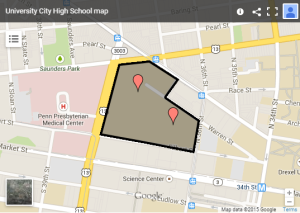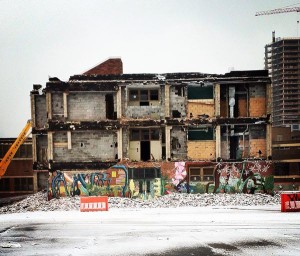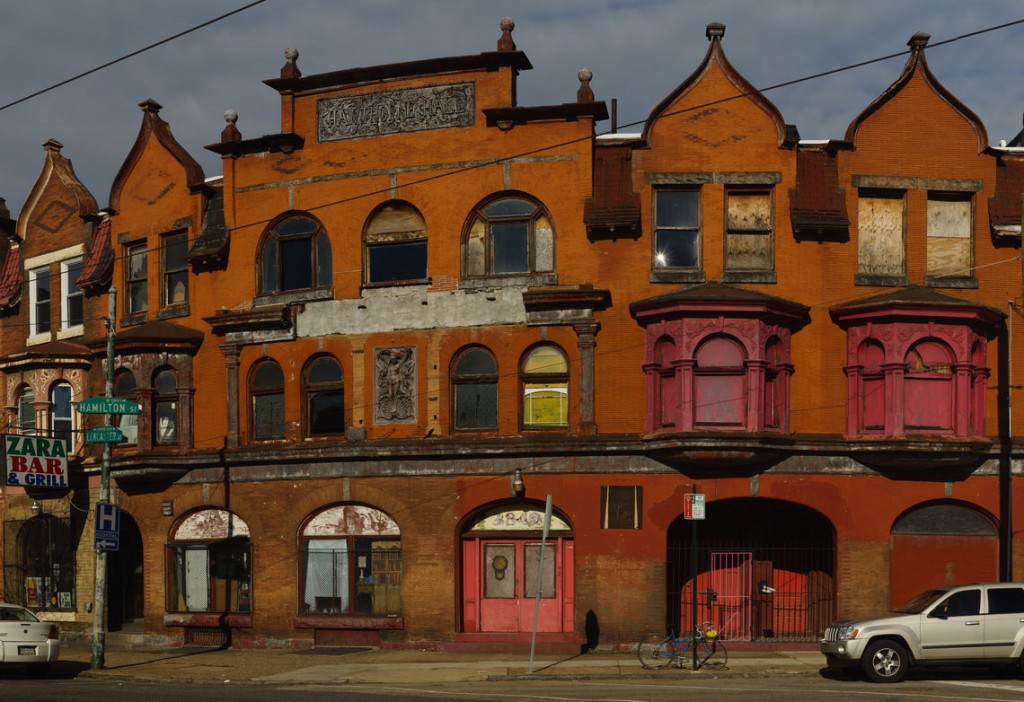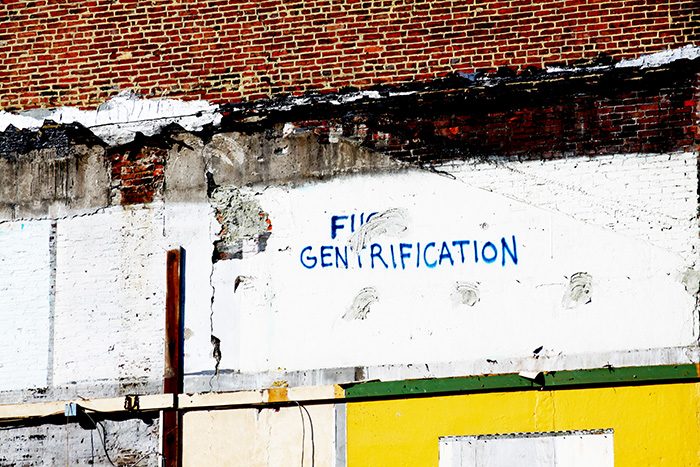Demolition of the former University City High School building is scheduled to begin in late February, but it is still unclear what Drexel University, which purchased the site from the school district last year, and their partner, Wexford, plan to do with the site.
Drexel had originally indicated that it hoped to build, among other things, a new public school on the site, which would help ease the sting felt by local residents from losing the high school and Charles Drew Elementary, which sat on the same 14-acre site. Demolition of Drew started earlier this month, and the Walnut Center has already been demolished.
“We are continuing our efforts to engage the community on the vision and plans to transform this site,” said Drexel spokesperson Niki Gianakaris.
She said the university plans to create a “mixed-use environment where the community and private sector will come together in a work, live and play environment.”
Demolition is expected to be complete later this year, she said, adding that plans for the site had not been finalized.
As part of its bid to buy the property from the School District of Philadelphia last February, Drexel presented a plan during a public meeting that included an enlarged Powel Elementary School and a middle school on the site.
The plan also included residential housing and retail space.
The plan met with some skepticism among residents of the Mantua neighborhood, where many University City High School students lived. Several Powelton Village neighborhood residents who attended that meeting last February voiced approval of the possible expansion of Powel Elementary.
– Mike Lyons













Recent Comments